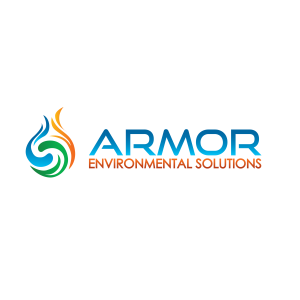Has your business been affected by a fire or smoke damage? After the initial shock of the occurrence and acting fast to address emergencies, it is time to do the work to get your business up and running again.
Here are 4 tips for business owners who are facing fire damage.
- Check your insurance policy
The first thing to do once the dust has settled a bit is to check your insurance policy. Does your insurance cover equipment damage? Damage to walls and floors? Damage to personal property on the premises? Review your insurance contract before contacting the company so that you are prepared with the knowledge of what is covered and are able to prepare any questions you may have.
- File Your Claim
Once you have the details ironed out regarding your insurance, file your claim immediately. You will likely have to itemize your losses and list the value of each. Make sure to take pictures of the damaged property as is and keep any receipts you have available that show the original value of the equipment.
- Secure your property
Even after the event occurs, damage can continue to get worse. For example, if a fire occurs in the wintertime, and it exposes part of the commercial property to the climate, the freezing weather can cause pipes to burst, or areas to leak. As a property owner, it is essential that you minimize further damage. You can talk to experts about how to minimize further damage after an even occurs.
- Contact a professional service ASAP
Once you get the green light from your insurance company, it is essential that you contract a professional cleanup and remediation service immediately. Remember that if the damage likely occurred on many properties beyond yours, as is the case for natural disasters, cleanup services may be booked up. If the company offers it, consider signing an agreement with a cleanup service, like Armor Environmental Solutions, to prioritize you as a company in the case of an environmental emergency.
—
No matter how prepared you are for environmental damage to take place, it always comes as a shock and it can cause significant stress on the business due to the property damage, and certainly any potential damage to the health and wellbeing of employees and customers, that may have taken place.







